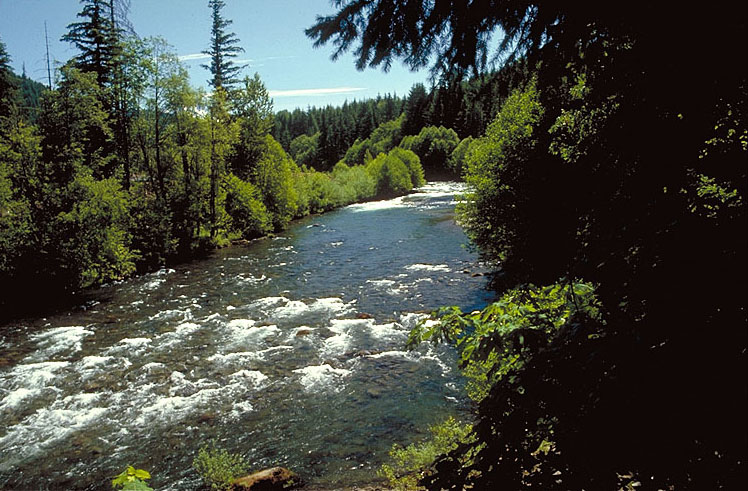
As the nation’s environmental engineer, the U.S. Army Corps of Engineers manages one of the largest federal environmental missions: restoring degraded ecosystems; constructing sustainable facilities; regulating waterways; managing natural resources; and, cleaning up contaminated sites from past military activities.
Portland District contributes to the strength of the region and Nation through innovative and environmentally sustainable solutions to water resources challenges. In particular, the District works to improve significant ecosystem function, structure, and dynamic processes that have been degraded and looks for ways to naturally store floodwaters, improve water quality and restore fish and wildlife habitat.
USACE supports ecosystem sustainability as a mission focus for all project development and land management decisions. This focus reflects protection of our natural resources under numerous federal laws, including the National Environmental Protection Act (NEPA), Clean Water Act, Coastal Zone Management Act, Endangered Species Act, Fish and Wildlife Coordination Act, Magnuson Fishery Conservation and Management Act, and Migratory Bird Conservation Act.